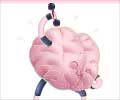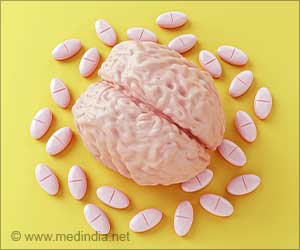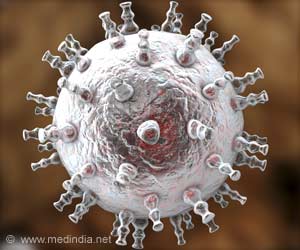It is well known that exercise plays a vital role in cutting down risk of cardiovascular diseases. Now, a new study has shown just how exercise lowers the risk.
It is well known that exercise plays a vital role in cutting down risk of cardiovascular diseases. Now, a new study has shown just how exercise lowers the risk. In the Women's Health Study, researchers assessed a variety of risk factors and different levels of exercise in women who were followed for 11 years for new diagnosis of heart attack and stroke.
"Regular physical activity is enormously beneficial in preventing heart attack and stroke," said Samia Mora, M.D., lead author of the study and instructor of medicine at Harvard Medical School in the divisions of preventive and cardiovascular medicine at Brigham and Women's Hospital, Boston Mass."We found that even modest changes in risk factors for heart disease and stroke, especially those related to inflammation/hemostasis and blood pressure, can have a profound impact on preventing clinical events. This study is the first to examine the importance of a variety of known risk factors in explaining how physical activity prevents heart disease and stroke,” Dr Mora said.
The women ranged from 45 to 90 years old (average age 55) and were assessed for a full range of risk factors and different levels of exercise. There was a 40 percent reduction in heart attack and stroke between the highest and lowest exercise groups. The women self-reported physical activity, weight, height, hypertension and diabetes.
“The long-term benefits of exercise start at a relatively low level, 600 kilocalories per week, equivalent to about two hours of physical activity per week,” Mora said.
The study measured levels of a variety of traditional and novel risk factors to help understand the mechanisms that reduce risk for heart attack and stroke. Novel risk factors are emerging clinical, biochemical, and genetic markers that researchers have studied in order to better understand the development of a disease, to improve disease risk prediction, and to identify new targets for treatment.
Inflammatory and hemostatic biomarkers -- fibrinogen, C-reactive protein and intracellular adhesion molecule-1 -- together made the largest contribution to lower risk, 33 percent. Blood pressure was the next major contributor to lower risk, 27 percent, followed by lipids, body mass index, glucose abnormalities, with minimal contribution from measures of renal function or homocysteine.
Advertisement
"Inflammatory and hemostatic factors as a group have overlapping functions and roles and, in our study, had the biggest effect in mediating exercise-related cardioprotection, more so than blood pressure or body weight," Mora said.
Advertisement
LIN/C











